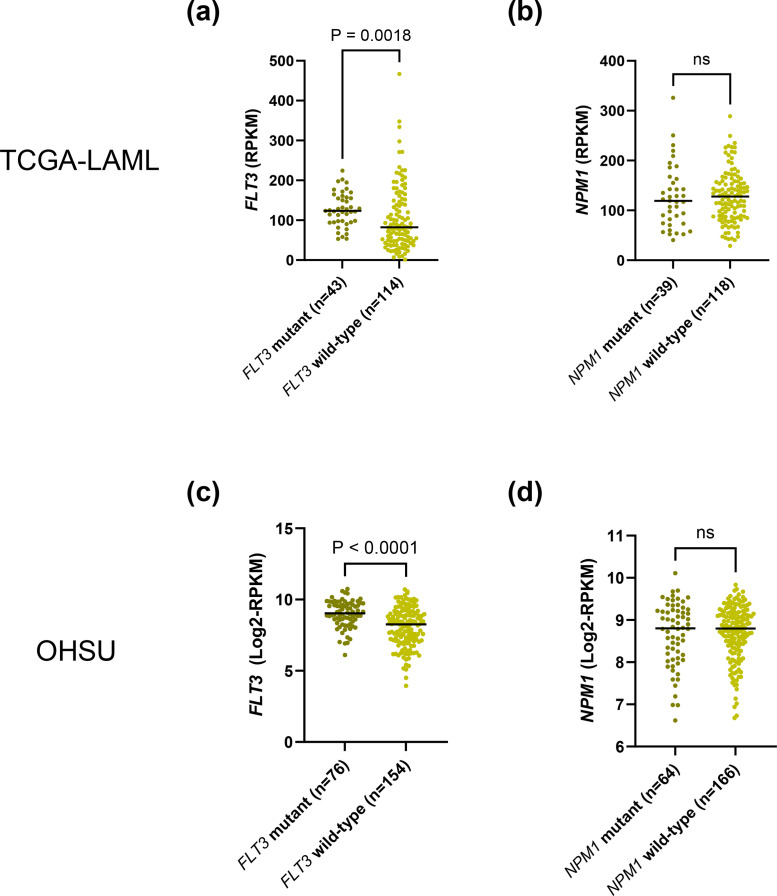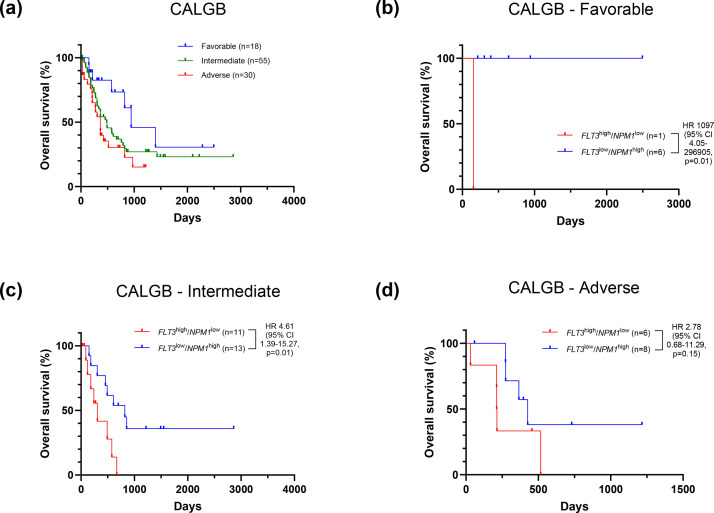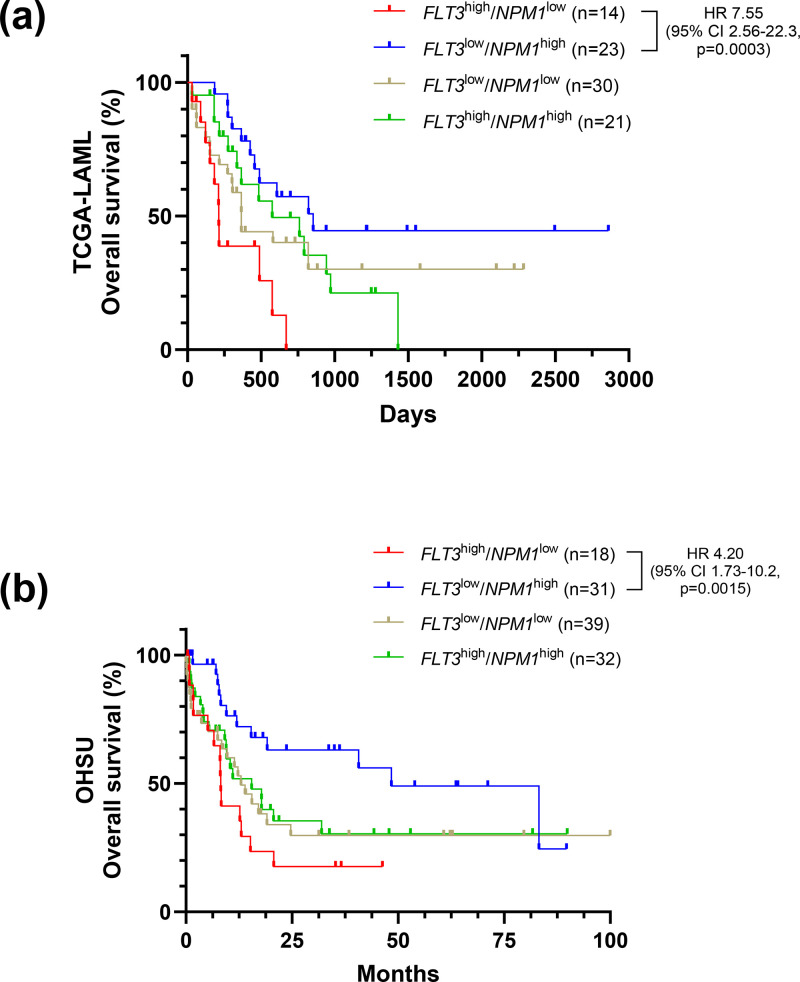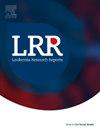FLT3 and NPM1 mRNA expression-based risk stratification of de novo acute Myeloid Leukemia
IF 0.9
Q4 HEMATOLOGY
引用次数: 0
Abstract
Prognostication of acute myeloid leukemia (AML) at initial diagnosis relies on identification of pre-determined underlying genetic abnormalities. Nevertheless, the disease course of AML remains highly unpredictable and robust reliable prognostic biomarkers for newly diagnosed AML are lacking. We retrospectively explored two publicly available AML RNA-Seq datasets and found that inferior overall survival was associated with high-FLT3 and low-NPM1 transcript levels (“FLT3high/NPM1low”) compared to low-FLT3 and high-NPM1 transcript levels (“FLT3low/NPM1high”) in adult de novo AML patients, with a hazard ratio for death of at least 2. Transcript level-dependent differential overall survival was independent from the underlying FLT3 or NPM1 genotypes. Our two-gene RNA expression-based de novo AML risk stratification may supplement and fine-tune traditional genetic aberration-based prognostication methods.



基于FLT3和NPM1 mRNA表达的新发急性髓系白血病风险分层。
急性髓性白血病(AML)的早期诊断依赖于预先确定的潜在遗传异常的识别。然而,AML的病程仍然是高度不可预测的,对于新诊断的AML缺乏可靠的预后生物标志物。我们回顾性地研究了两个公开可用的AML RNA-Seq数据集,发现在成年新生AML患者中,与低FLT3和高NPM1转录水平(“FLT3高/NPM1低”)相比,低FLT3和高NPM1转录水平(“FLT3低/NPM1高”)相比,较低的总生存率与高FLT3和低NPM1转录水平相关,死亡风险比至少为2。转录水平依赖的差异总生存率与潜在的FLT3或NPM1基因型无关。我们基于双基因RNA表达的新生AML风险分层可以补充和微调传统的基于遗传畸变的预测方法。
本文章由计算机程序翻译,如有差异,请以英文原文为准。
求助全文
约1分钟内获得全文
求助全文

 求助内容:
求助内容: 应助结果提醒方式:
应助结果提醒方式:


